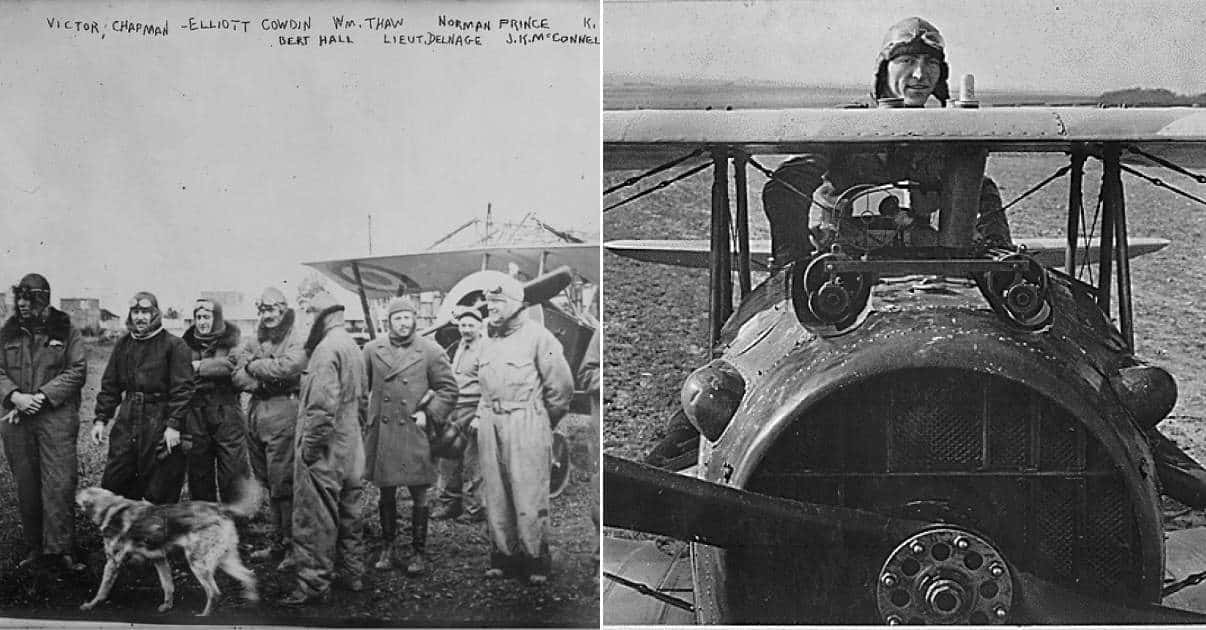By the time American troops arrived on the Western Front during the First World War the Empires of Europe had all but bled themselves white. Years of bloody stalemate had created casualties and little else. The fresh American troops were at first looked at as replacements for the exhausted French and British armies, to be inserted piecemeal into the lines where they were needed. The American commander, John J. Pershing would have no part of that. He demanded that the American Expeditionary Force be retained as a cohesive unit, under his command, operating in concert with but independent of the French and British Armies.
The Americans were unprepared for war when it was declared and such was reflected in their equipment. French and British tanks, artillery, and aircraft were provided to the Americans to supplement their forces. America entered the war in 1917 with a miniscule army, an unprepared Navy, and an almost non-existent air force. By the time the war ended four million Americans were in uniform, and all branches of military service had distinguished themselves among the world’s fighting forces. Involved in the war for a relatively short time, American soldiers, sailors and airmen nonetheless performed acts of valor which over the years have largely been forgotten, overridden by the world war which followed the War to End All Wars.

Here are some American heroes of the First World War, some of whom won everlasting fame, and others whom history has overlooked.

Frank Luke Jr.
Born in Arizona, Frank Luke was the fifth child in a family which grew to include nine children, so it is not a surprise that he was adept at using his fists from a young age. Luke developed his marksmanship skills as a youth, taking extended hunting trips in the Arizona mountains, a sign of his solitary nature. These trips helped him develop the toughness he later exhibited in high school football. When he broke his collarbone early in a game against his school’s main rival, he refused to leave the game and played to the finish, on both sides of the ball. It was during one of his hunting trips that he learned of America’s entry into the war, when he went to a mining camp for more supplies.
Luke enlisted in the US Army’s Aviation group in September, 1917. At the time Army Aviation was part of the Signal Corps and other than the American’s who had volunteered for service with the French and British air forces no American pilots had combat experience. Training was along the lines of learning to fly, a dangerous enough business in 1917 even without someone trying to kill you. Luke learned to fly in Texas, South Carolina and California before shipping overseas to France. The young aviator was assigned to the 27th Aero Squadron, equipped with French aircraft, as no US built fighter planes were ready for war. Luke was assigned a SPAD XIII.
In August 1918, after a month at the front, Luke engaged his first enemy aircraft, and claimed his first kill after landing his own plane, which exhibited combat damage. None of his squadron had seen the kill, and only one fellow flyer, Joseph Wehner, supported Luke’s claim, though Wehner had not observed the kill either. Luke and Wehner became close friends. The rest of the squadron found Luke to be distant, aloof and arrogant, and his routine success at nightly craps games helped to keep him at arm’s length. After his death, it was learned that Luke routinely deposited his gambling winnings in the alms box of a local church.
In September the squadron received orders to concentrate on destroying observation balloons, a target feared by pilots because of the antiaircraft fire and fighter cover which protected them. Luke devised a tactic through which he attacked at dusk or dawn, when in the dimmer light the antiaircraft fire was less accurate. Between September 12 and 29 he shot down 14 German observation balloons, which coupled with airplanes destroyed gave him 18 confirmed kills. He was at the time the leading American ace, his count surpassing Rickenbacker’s, who unlike Luke would live to add to his total.
On September 29, according to affidavits sworn to and signed by French citizens who witnessed the events, Luke engaged in a dogfight in which he destroyed two German balloons and two of the fighters which were protecting them. He then strafed the troops below before being force to land his severely damaged airplane. Refusing to surrender to German troops, he engaged them with his pistol until he was killed. The Germans buried him in an unmarked grave. Luke achieved his 18 victories in only ten sorties, and was the first Airman to be awarded the Medal of Honor.

